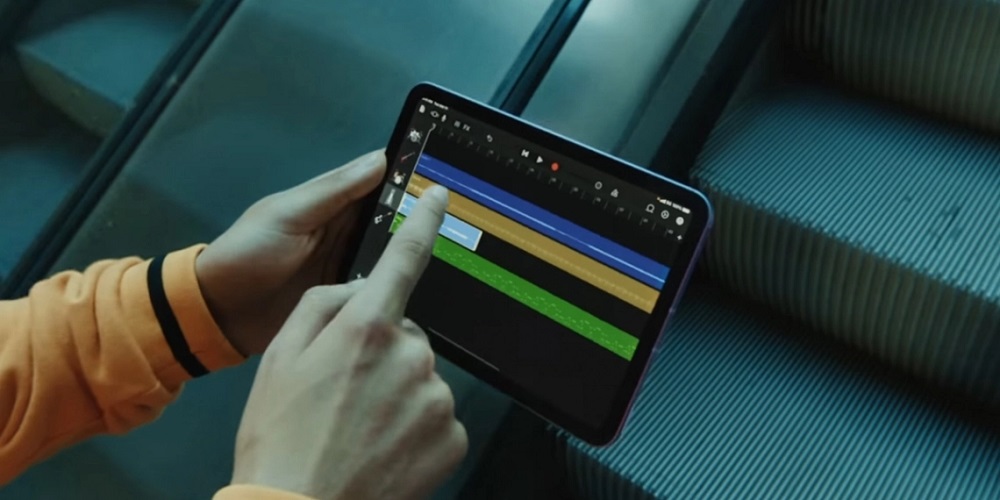KUALA LUMPUR, Sept 29 ― There’s a common running joke among the tech and gaming communities where when a problem occurs with a game or device, the makers of it may try to pass it off as ‘a feature, not a bug’. Well, Apple may be taking that to an extreme here as they’re now saying that the ‘jelly scrolling’ iPad Mini users have noticed is apparently normal behaviour for LCD displays.
So in case you’re out of the loop, some users of the new iPad Mini have been reporting a ‘jelly scroll’ effect, where one side of the screen moves faster than the other half while scrolling around. While for the most part the jelly scroll behaviour is subtle, it can become noticeable once you start reading text on it.
Jelly scrolling in the iPad mini is the one thing I do not like about it at all. It’s very distracting, at least to me. pic.twitter.com/0GREW546yJ
Advertisement— Mark’s Tech 📱 (@Marks_Tech) September 27, 2021
Users first began to notice it almost as soon as it launched, but Apple hadn’t responded to it until now. The Cupertino giant told Ars Technica that the jelly scroll effect is apparently common behaviour for LCD screens. Apple reasons that because these displays refresh line by line, there’s a tiny delay between the lines at the top and the lines at the bottom being refreshed. This leads to the uneven scroll seen on the new iPad Mini.
Apple is technically correct, in that LCD displays often refresh sequentially from top to bottom. The people over at BlurBusters seem to think that the issue lies with the way the default scan-out behaviour of the display’s pixels causing them to not refresh at the same time. They also claim that they’ve seen this issue before on the previous generation iPad Mini, except it was in landscape mode, suggesting that the display panel in the older tablet was set up to refresh horizontally rather than vertically.
I have a Ipad Mini 5 and I don't see this effect in any orientation when reading the same article as on the 6. I do see the effect on that site on my 5, but in general usage I don't see it. So is this something fixable on the 6 with different screen hardware?
— ezekiel yoder (@EzekielYoder) September 27, 2021
That being said, the jelly scroll effect on LCD displays isn’t something that’s commonplace anymore. The last time a major device had this issue was back in 2017, when the OnePlus 5 launched to similar complaints. Incidentally, OnePlus also claimed that it was a normal thing on their displays, but later investigations revealed that the jelly scroll on the OnePlus 5 was linked to a design change that inverted the panel 180 degrees. There was even kernel-level code telling the display controller to output its display in a 180 degrees rotation to compensate for it.
Going back to the Apple iPad Mini, there’s so far no way to know if this is the reason behind its own jelly scrolling fiasco. What we do know though is that Apple is of the opinion that this is normal expected behaviour in its tablet, which might mean that you won’t be able to return or exchange it for this reason. While it’s not exactly a major problem, it’s something that potential iPad Mini owners should keep in mind before pulling the trigger. ― SoyaCincau






















